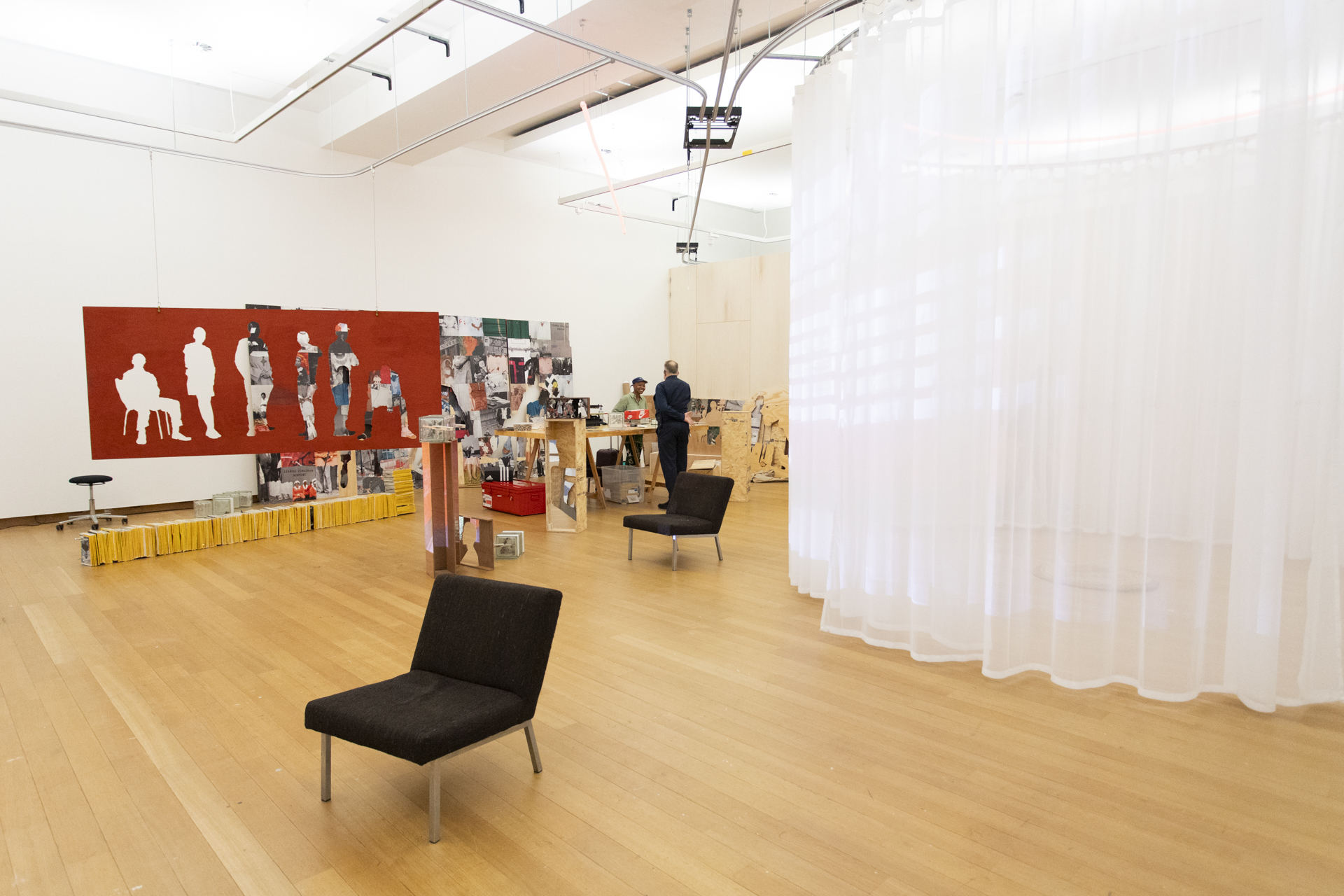
For the sixth edition of the Van Ostade Biënnale, traditionally held during Amsterdam Art Week, Galerie Fleur & Wouter and GoMulan proudly present one exhibition: Positions. The exhibition brings together two artists who use new media to explore and reinterpret traditional art forms.
GoMulan presents Lichenescent, a mixed-media series by artist Stefano Caimi. In Lichenescent, Caimi uses a variety of materials, including CNC laser engraving, pyrography, oil pastels, and acrylic paint on linen, to depict his experiences in the forests of Pracharbon, at the foot of Monte Rosa (Italy), during the winter of 2024–2025.
Building on his research into the transformations of the Alpine landscape, the artist observed how this environment is subject to both life and death. He portrays forests in constant flux throughout the seasons and charred trees whose ashes provide fertile ground for colorful lichens. By using CNC laser engraving to burn the canvas and realistic renders created in computer software, the trees become tangible.
Stefano Caimi’s oeuvre focuses on ever-changing landscapes and ecosystems that wordlessly attune to one another. He is also fascinated by human interventions in nature, such as cultivated landscapes. In software renders, he attempts to capture nature: “I’ve always been fascinating by the biological complexity I find in nature. A dense network of hidden and interconnected relations ”.
From May 22 to August 31, Caimi’s work will be on view in the exhibition Wij zijn natuur at Singer Laren. In this exhibition, Princess Irene van Lippe-Biesterfeld once again highlights the deep relationship between humans and nature.
Galerie Fleur & Wouter presents work by artist Natalia Jordanova. Natalia’s artistic practice is a quest for possible worlds. Through the deployment of various media and strategies, she explores the intersections and sculptural possibilities in the exchange of the digital and physical. The translated materiality redefines the distinction between the flat and the 3-dimensional. Her work engages with the shift of these realms, weaving narratives of past accumulations and future speculations.
Her work from the past few years integrates generative artificial intelligence. Her interests lie in AI’s conceptual potential to contribute to historical continuity, amplify silenced feminist histories, question the role of AI in evolution, and critique its role in the technological evolution of the creative process.
Hommages
The works in the exhibitions are images and gestures–some human, some machine-made–exploring the tensions between homage, reinterpretation and authorship. Through the use of AI, Natalia challenges the concept of hommage itself, navigating the blurred lines between respect, imitation, and satire and probes AI’s ability to honour the original truly. She examines several Dutch digital art collections as her source, questioning the representation of marginalized groups within historical narratives and public archives.
The concept of homage in visual art has deep historical roots, evolving from classical traditions to contemporary practices. Hommage in art refers to the act of paying tribute to another artist, movement, or style, often through direct reference, reinterpretation, or adaptation. The artist’s realm is speculative fiction in which the collaboration is intergenerational and intercontinental, transcending class, societal status, time, and geography and embracing aspects of inclusivity.
For the exhibition, Natalia creates speculative collaborations with the work of female artists from the 15th to 20th centuries. In doing so, she critically examines the role of AI in the reinterpretation of historical works, questioning how technology can honour and distort the notion of legacy.


